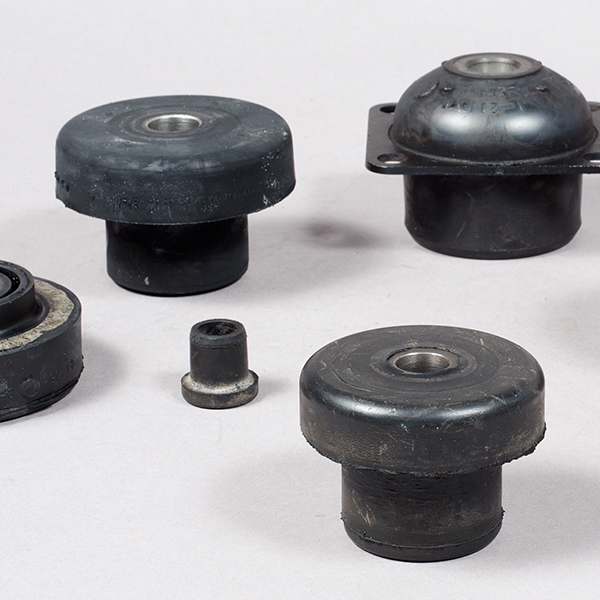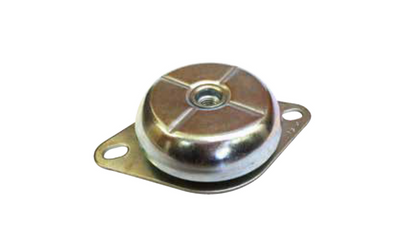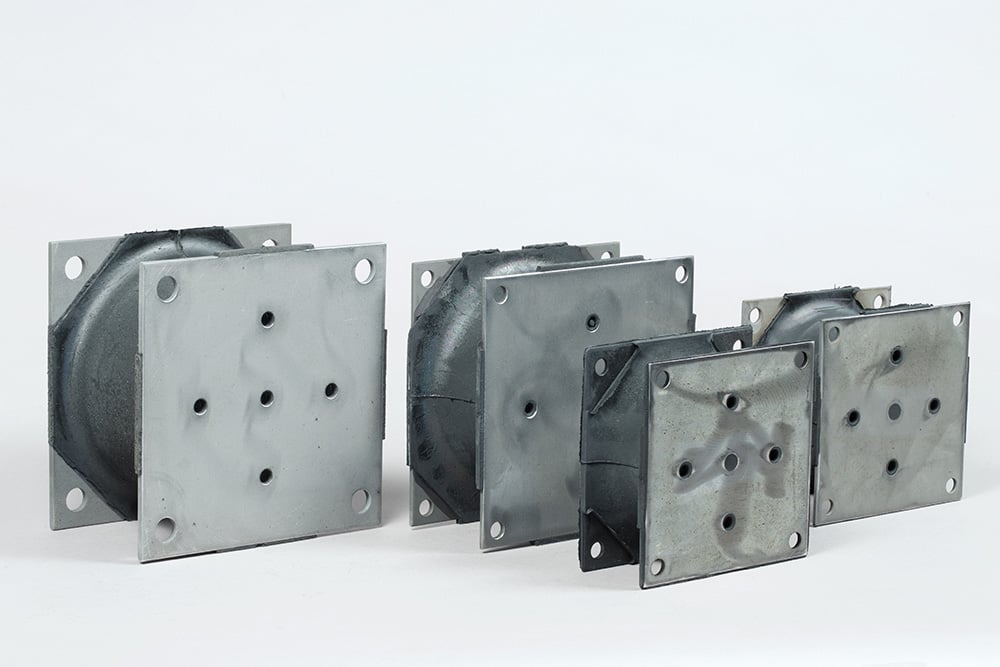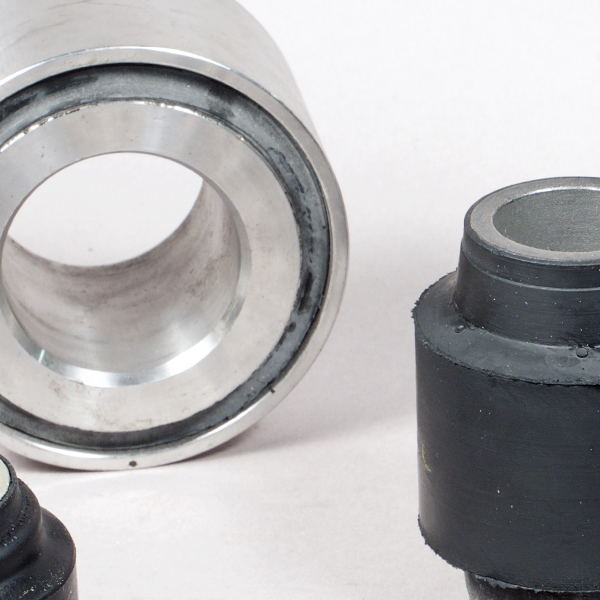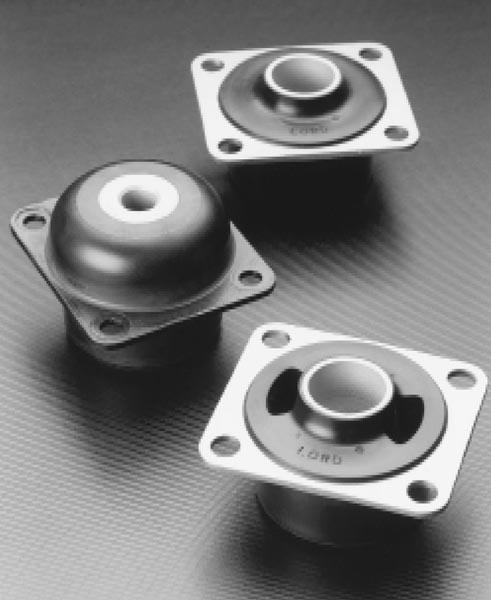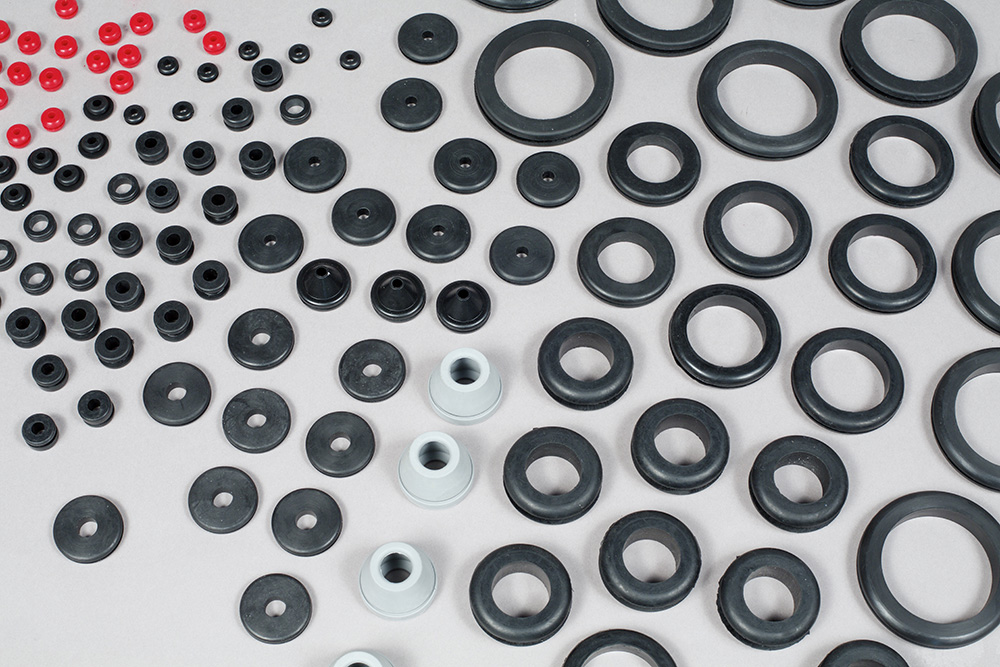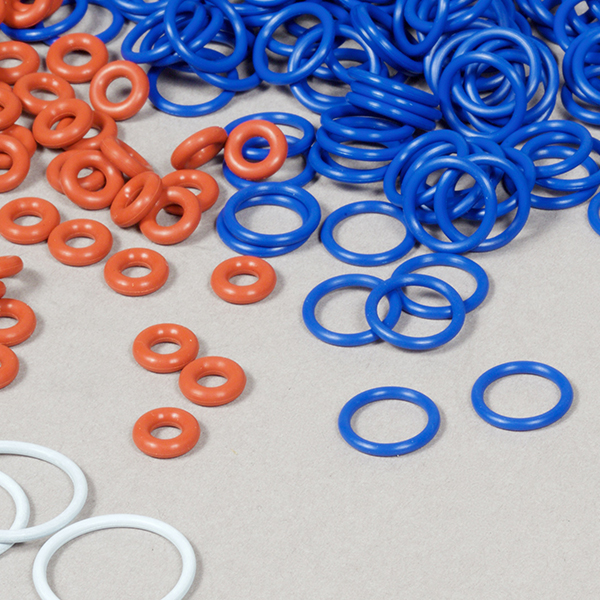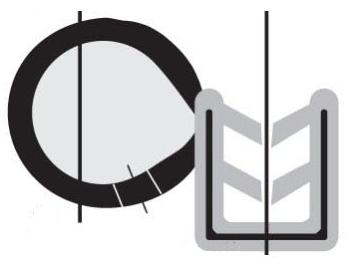Markets Served
Construction Industry
Construction projects are time-sensitive. When equipment breaks down for repairs and replacements, it creates unwanted downtime. To minimize this problem as much as possible, OEMs should take advantage of custom molded rubber parts that can help protect equipment from damage. Construction companies want machinery that is durable, efficient and increases productivity. More +
Rubber Parts & Construction Equipment Applications
RPM offers advanced rubber molding solutions tailored to meet precise specifications and industry standards. With expertise in compression, transfer, and injection molding, we deliver high-quality, durable rubber components designed for construction applications. Each of these machines uses custom molded rubber parts. From engine mounts to suspension systems, rubber parts help maintain efficiency and improve uptime.
| Application | Common Parts | Common Processes |
|---|---|---|
| Backhoe | Rubber seals, vibration mounts, grommets, and bushings used to seal compartments and doors, protect hydraulic lines and isolate engine vibration. | Compression molding for durability and high resistance to tearing, injection molding for complex shapes and precise tolerances. |
| Graders | Door seals, rubberized flooring, and noise-dampening pads to ensure safety and comfort for operators. | Transfer molding to create durable, shock-absorbing parts, extrusion for flexible seals and tubing. |
| Excavators | Cab mounts, rubber seals, and rubber bushings designed to protect hydraulic lines and power cables. | Compression molding for long-lasting durability, injection molding for custom shapes and parts, die-cutting for precise component production. |
| Bulldozers | Weather-resistant seals, vibration dampeners, rubber grommets, and protective boots for wiring, hydraulic lines, control levers and other moving parts. | Compression molding for long-lasting durability, injection molding for custom shapes and parts, die-cutting for precise component production. |
| Pile Driving Machine | Rubber buffers, hydraulic seals, wear pads, and anti-slip mats to enhance performance and maintain equipment longevity. | Injection molding for intricate parts, precision die-cutting for custom shapes, and vulcanization for improved mechanical properties. |
| Wheel Loader | Shock-absorbing rubber pads, seals, dust boots, and vibration control mounts used to enhance operator comfort and withstand harsh environments. | Compression molding for robust, wear-resistant parts, transfer molding for strong, flexible components, vulcanization for enhanced impact and abrasion resistance. |
| Trenchers | Grommets, and door and compartment seals, to protect hydraulic lines and withstand harsh environments. | Extrusion for long, flexible seals and tubing, compression molding for durable gaskets and seals, vulcanization to improve chemical and temperature resistance. |
| Compactors | Shock-absorbing rubber buffers, impact-resistant seals, and engine vibration isolators for reducing maintenace costs and prolonging equipment life. | Injection molding for high-precision parts, compression molding for impact resistance, precision extrusion for high-quality seals. |
Use our interactive infographic to find rubber parts for your Construction application:
To learn more about why engine mounts are so important, take a look at our blog: 5 Benefits of Rubber Engine Mounts.
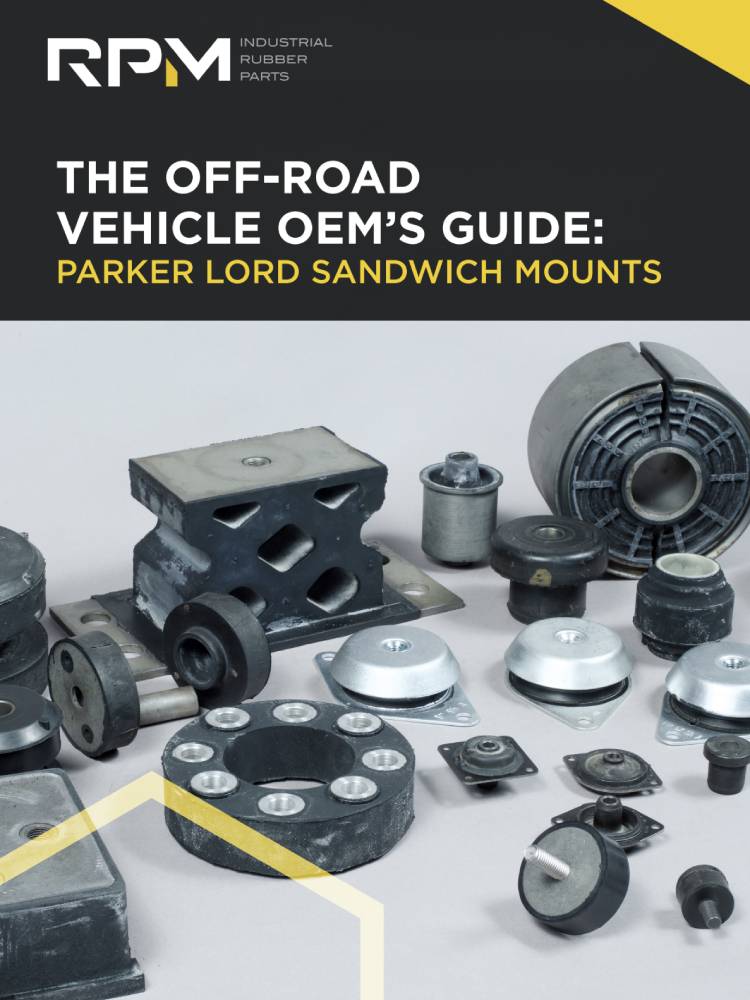
Off-Road Vehicle OEM’s Guide
Our free resource provides detailed information on sandwich mounts, vibration isolation analysis, mounting strategies, and more.
Challenges
Construction accounts for about 4.3% of the total GDP in 2020, which makes it the 10th largest industry in the United States. While this may seem small, the industry is projected to grow a considerable amount, especially within the residential construction sector. As anyone who works in the construction industry knows, downtime is money lost, making issues that contribute to downtime the biggest challenges.
Material Shortages
In a survey conducted by the National Association of Home Builders (NAHB), 43% of participants reported that all twenty-four of the materials listed in the survey were in short supply and at least 70% of participants reported that a dozen of the materials were in short supply. Some of these materials include plywood, appliances, copper wiring, and lumber.
Labor Shortages
In a second survey conducted by the National Association of Home Builders, a record share of NAHB members report labor shortages. Over 55% of homebuilders reported shortages in sixteen different construction trades, the largest shortage being in carpentry.
Trends
The construction industry is in a constant ebb and flow. It both impacts and is impacted by other industries. Because of this, new trends are constantly emerging. As the need for construction increases and new technologies are introduced into equipment, it is imperative that machinery is equipped for longevity and productivity.
Construction Worker Safety Technology
According to OSHA, about 20% of all worker fatalities in 2019 were in construction. This is an alarming number that has led to an increase in investment into construction site safety. One way that manufacturers are improving construction safety with technology is through smart sensors. These sensors are placed on hard hats and construction vests and alert both the wearer and others if something is amiss. For example, it can detect carbon monoxide or alert the wearer to equipment headed towards them.
Worker Productivity
Exposure to vibration is one of the biggest health risks in construction. One way to avoid this is by properly dampening shock through vibration control products. These parts isolate components that emit high frequencies, such as engines. The result is a quieter, more comfortable environment that will improve worker productivity.
Residential Construction Growth
New home construction statistics show that residential building permits have increased by 36% in the last two years. To keep up with this growing demand, construction companies are going to look for high-quality equipment that will increase production.
Related Resource
The Engineer’s 7-minute Guide to Rubber Molded Parts
Our free resource is a quick-reference guide to help you determine if exploring a rubber part is right for your application.
Frequently Asked Questions

Find quick answers to your questions here or contact us directly for any additional inquiries.
What are the benefits of rubber compression molding?
Compression molding offers several advantages, including high production rates, excellent dimensional stability, and the ability to produce complex shapes with intricate details.
Which is better? Natural rubber or synthetic rubber?
Natural and synthetic rubbers each have strengths. Natural rubber is great for flexibility, while synthetic rubbers can be customized for specific needs like heat resistance. The best choice depends on the specific application.
How do I select a vibration isolator for my application?
To select the right vibration isolator, start by determining the frequency and amplitude of the vibrations, the weight of the equipment, and the desired level of isolation. Contact the team at RPM for assistance.
What is rubber-to-metal bonding?
Rubber-to-metal bonding involves creating a strong and durable connection between rubber and a metal surface, resulting in a composite material that combines the flexibility and shock absorption of rubber with the strength and rigidity of metal.
What is an engine mount and how does it work?
An engine mount is a flexible component that isolates the engine from the vehicle’s frame, reducing vibrations and noise while allowing for slight engine movement during operation.
What is a rubber sandwich mount?
A rubber sandwich mount is a vibration isolation device consisting of two metal plates with a layer of rubber sandwiched between them, used to reduce the transmission of vibrations.
Ready to get started?
Let Us Be a Small Part of a Big Solution: Your Partner in Building Life Changing Products.
Or Call Us: 888-842-5668






